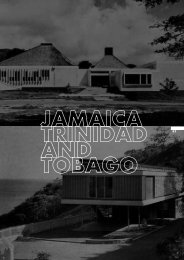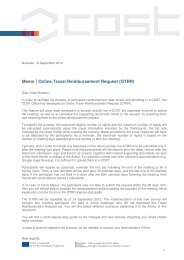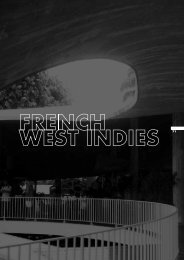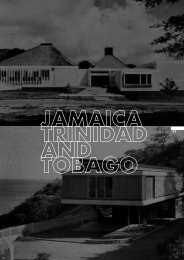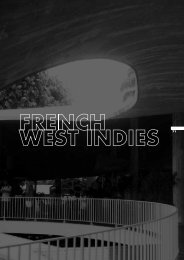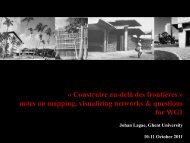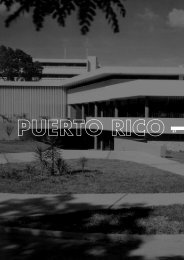PANJIM BETWEEN THE PAST AND MODERNITY
PANJIM BETWEEN THE PAST AND MODERNITY
PANJIM BETWEEN THE PAST AND MODERNITY
You also want an ePaper? Increase the reach of your titles
YUMPU automatically turns print PDFs into web optimized ePapers that Google loves.
68 | ARTIGOSRibandar. Esta desembocava na ponte-açude construídapelo conde de Linhares em 1633, sobre umbraço pantanoso do rio Mandovi junto da localidadedas Fontainhas (ver fi g. 8).Por ordem do governador D. José da Câmara (1774-1779), foram efectuados dois levantamentos dePangim. Desconhece-se a data exacta do primeiro(Fig. 1), mas deve ter sido elaborado entre 1774, dataem que D. José iniciou o seu governo, e 1776, datado segundo levantamento (Fig. 2). Comparandoos dois desenhos, verifi ca-se que o crescimento dePangim era rápido e que a população se ia fi xandosobretudo ao longo do que é hoje a MahatmaGandhi Road, cujo nome da época desconheço,mas que, em 1870, se dividia em dois troços chamadosRua Velha e Rua Principal 5 .O levantamento de 1776, assinado pelo sargentode infantaria José Antas Machado 6 , foi feito com aintenção clara de conhecer melhor a área, de modoa que fosse possível elaborar um plano para Pangim.Nele foram registados dois bairros existentes em redordas igrejas da Imaculada Conceição e de Santa Inês.O autor assinalou todas as construções que considerouinteressantes e às quais se devia adaptar amalha do novo plano. Deste modo, vemos algumasedifi cações nas Fontainhas - às quais o autor nãoBetween Ribandar and Panjim stood the weir bridgebuilt by the Count of Linhares in 1633 which wasraised by arches over the swampy arm of the riverMandovi close to Fontainhas (see fi g. 8).By order of the Governor, Dom José da Câmara(1774-79), two drawn surveys of Panjim were carriedout. The exact date of the fi rst one is unknown(Fig. 1), but it is most likely to have been between1774, the year in which Dom José took offi ce, and1776, the year of the second survey (Fig. 2). Acomparison of the two drawings shows that Panjimgrew rapidly and that the population settled alongwhat is today Mahatma Gandhi Road. The name ofthe road at the time is uncertain, but we do knowthat, in 1870, it was divided into two sections withthe names Rua Velha and Rua Principal 5 .The survey of 1776, signed by the Infantry sergeantJosé Antas Machado 6 , was carried out for the clearpurpose of getting to know the area better, so thata plan for Panjim could be drawn up. The surveyregistered two districts that sprung up around thechurches of Imaculada Conceição and Santa Inês.The draughstman marked all edifi ces he consideredimportant and to which the grid for the new planshould be adapted. Thus, we see some buildings inFontainhas – to which the sergeant did not attributeMURPHY 2 | Julho 2007Pangim entre o Passado e a Modernidade



